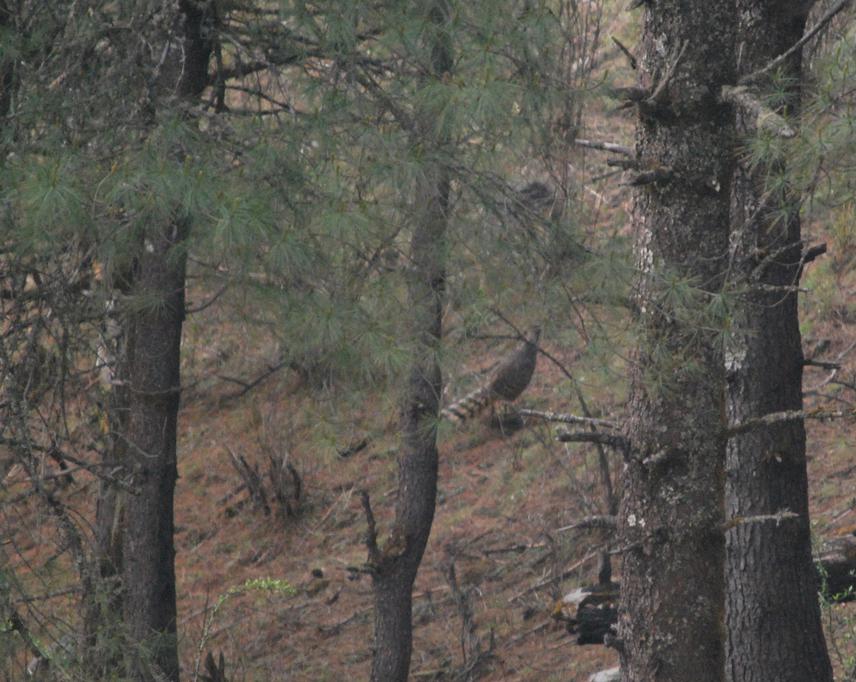Kamal Kandel
Other projects
6 Nov 2013
Educating and Empowering Local Communities for Cheer Pheasant (Catreus wallichii) Conservation in Western Nepal
The project aims to assess the distribution of Cheer Pheasant in Nepal applying presence only species distribution modelling tool that provide prediction of habitat suitability and the site occupancy based on single-species single-season model.

Cheer Pheasant (Catreus wallichhii) in Dhorpatan Hunting Reserve.
Cheer pheasant is gravely threatened with extinction due to indiscriminate local hunting and habitat destruction. It is patchily distributed and is least known pheasant species in western Himalayas. Scanty information on its distribution and abundance due to paucity of baseline research, limited human technical capacity and technology and limited investment in research and monitoring is hindering its systematic conservation planning in Nepal. This proposed project will assess the potential and suitable habitat for cheer pheasant in Nepal with application of presence only species distribution modelling tool (MAXENT) and provide large scale prediction of habitat suitability which serves as surrogates for species in conservation planning efforts in information poor settings (Philips et al. 2006). Habitat models have immediate link to monitoring efforts, since model predictions help to fill gaps in non-surveyed areas or to identify promising areas for future sampling and monitoring. In general, this project will generate basic information needed for conservation planning, particularly about where cheer pheasant is located and what is its status. This will be the first step for its conservation.
Occupancy modelling along with probabilistic sampling is one alternative for monitoring Cheer pheasant in the western Himalaya that overcomes many of the current data deficiencies and provides the baseline Cheer database. Habitat suitability mapping and identification of spots for long term monitoring purpose is one of the conservation actions recommended by IUCN. We will model the occupancy of the cheer in Nepal Himalaya based on single-species single season model. Occupancy models have become popular because they do not assume all individuals are detected, only require the investigator to determine presence or absence of the species from repeated surveys, and can be robust predictors of the proportion of the study area occupied when appropriate predictor variables are considered. This will also provide the long term platform to monitor population trend and look for the effect of climate change in spatial and temporal scale.